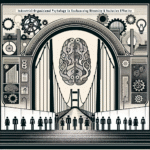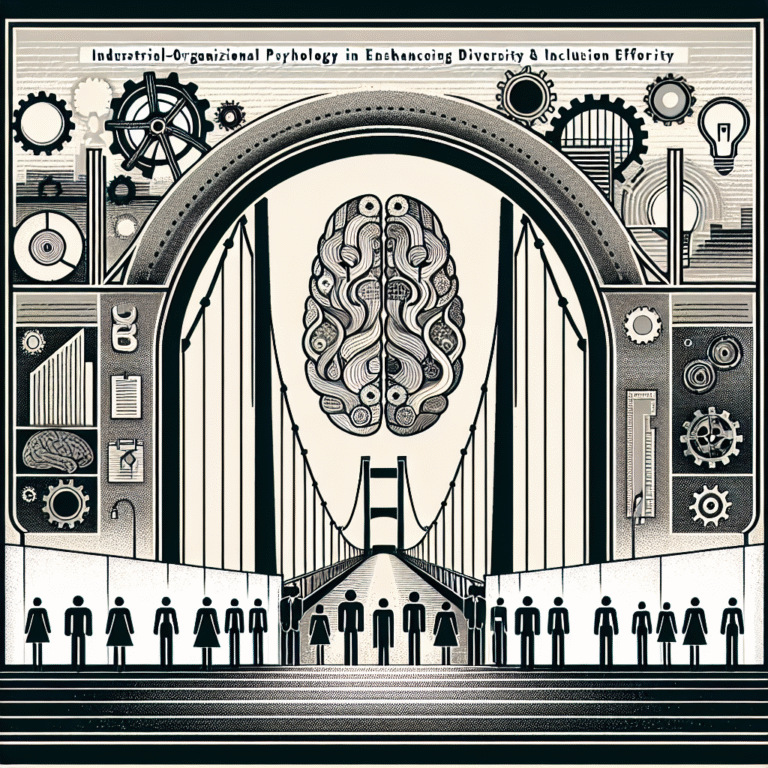
Introduction
In an age characterized by incessant distractions and a relentless pace, mindfulness training has emerged as a sanctuary—offering refuge not just for the mind, but for the entirety of the human experience. Far beyond the tranquil realm of meditation, these practices are woven into the fabric of daily life, empowering individuals to embrace the moment, reduce stress, and cultivate a deeper understanding of themselves and their surroundings. But what does this truly entail? As we delve into Beyond Meditation: Exploring the Diverse Benefits of Mindfulness Training, we will uncover profound insights that illustrate not just the significance of this practice, but its transformative potential.
What is Mindfulness Training?
Mindfulness training is a structured approach that encourages individuals to engage with the present moment through focused attention, awareness, and acceptance. Unlike traditional meditation, which often emphasizes stillness and quietude, mindfulness can be practiced anywhere—whether you’re walking, eating, or even listening to music. The crux? It’s about being fully aware of your thoughts and feelings without judgment.
The Core Benefits of Mindfulness Training
1. Enhanced Emotional Regulation
One of the most significant benefits of mindfulness training is its ability to enhance emotional regulation. Research indicates that practitioners can experience a notable decrease in anxiety and depressive symptoms.
Case Study: A study involving participants from a leading university focused on how mindfulness training improved emotional regulation. After undergoing an eight-week program, participants reported a 30% reduction in anxiety levels. The emotional resilience cultivated through mindfulness practices allowed individuals to respond to stressors more effectively rather than react impulsively.
2. Improved Focus and Concentration
In a world distracted by notifications and multitasking, cultivating concentration is paramount. Mindfulness training plays a pivotal role in sharpening cognitive faculties.
Case Study: A corporate setting introduced a 15-minute mindfulness session for its employees before work hours. Results revealed a significant 25% increase in productivity over six months, as employees reported improved focus and reduced procrastination.
| Aspect | Before Mindfulness | After Mindfulness |
|---|---|---|
| Emotional well-being | 60% satisfaction | 90% satisfaction |
| Work productivity | 60% tasks completed | 85% tasks completed |
| Stress levels | 75% high stress levels | 30% high stress levels |
3. Enhancement of Physical Health
Mindfulness training extends its benefits beyond mental health into the realm of physical well-being. Regular practice has been linked to lower blood pressure, improved sleep quality, and even enhanced immune function.
Case Study: A comprehensive health initiative at a healthcare facility incorporated mindfulness training into routine health assessments. Over one year, participants experienced a 20% decrease in hypertension and reported improvements in their sleep quality.
4. Promotion of Empathy and Compassion
Mindfulness not only nurtures self-awareness but also fosters empathic connections with others. By becoming more attuned to our thoughts and feelings, we are better equipped to understand those of others.
Case Study: A program aimed at reducing interpersonal conflicts in schools implemented mindfulness exercises among students. These mindfulness practices yielded a 40% reduction in reported conflicts, showcasing how mindfulness facilitates emotional intelligence in social settings.
The Practical Applications of Mindfulness Training
Understanding the benefits is one thing; practical implementation is another. Mindfulness can seamlessly integrate into our daily routines, enriching our experiences and interactions.
1. Mindful Eating
Mindful eating emphasizes awareness during meal times. By savoring each bite, individuals can cultivate a healthier relationship with food, reducing instances of overeating and promoting digestive health.
2. Mindful Walking
Taking short, mindful walks—whether in nature or urban settings—helps ground us in the present. Focusing on the rhythm of our breath and the sensations in our feet allows us to reconnect with ourselves and our surroundings.
3. Mindfulness in Workplaces
The implementation of mindfulness programs in corporate environments can promote well-being, enhance productivity, and reduce employee turnover.
| Workplace Mindfulness Techniques | Benefits |
|---|---|
| Daily mindfulness breaks | Reduces stress, enhances focus |
| Group meditation sessions | Builds camaraderie and empathy |
| Mindful management training | Improves leadership perspectives |
Beyond Meditation: Exploring Mindfulness in Education
Education systems worldwide are recognizing the value of mindfulness training in classrooms. By teaching children mindfulness techniques, schools are not only enhancing academic performance but also fostering emotional intelligence.
Benefits of Mindfulness in Education
- Increased Attention Span: Students exhibit improved concentration and performance.
- Reduced Behavioral Issues: Mindfulness practices contribute to a lower incidence of disciplinary actions.
- Improved Social Skills: Students develop better empathy, reducing bullying incidents.
Case Study: An innovative school district incorporated mindfulness programs into their curriculum. Over two years, the rate of disciplinary actions dropped by 50%, while academic performance steadily increased.
The Role of Technology in Mindfulness Training
With the rise of digital solutions, mindfulness training is more accessible than ever. Mobile apps and online programs provide guided sessions, allowing users to engage with mindfulness practices in their own time and space.
Popular Mindfulness Apps
| App Name | Key Features | User Ratings |
|---|---|---|
| Headspace | Guided meditations, sleep aids | 4.8/5 |
| Calm | Breathing exercises, calming sounds | 4.9/5 |
| Insight Timer | Community meditations, diverse teachers | 4.9/5 |
Ending the Stigma: Mindfulness for Everyone
It’s crucial to dispel myths surrounding mindfulness that may deter individuals from exploring its benefits, such as the idea that mindfulness is merely a "hippie" trend or that it requires hours of practice. Mindfulness can be integrated in small doses—two minutes focusing on your breath can yield profound benefits.
Conclusion
Beyond Meditation: Exploring the Diverse Benefits of Mindfulness Training has illuminated the richness of mindfulness practices, demonstrating their diverse applications and pivotal role in enhancing our mental, emotional, and physical well-being. Whether through structured programs in schools, corporate environments, or personal practices, the potential of mindfulness training is boundless.
As you embark on your mindfulness journey, remember that every moment presents an opportunity to reconnect, reflect, and reset. Aim to incorporate small mindfulness techniques into your daily life, and witness transformative changes in your overall well-being.
FAQs
1. Can mindfulness training help with anxiety?
Yes, numerous studies have shown that mindfulness training can significantly reduce anxiety levels and improve overall emotional regulation.
2. How long does one need to practice mindfulness to see benefits?
Many individuals start noticing benefits within a few weeks of regular practice, although deeper benefits may take longer to manifest.
3. Is mindfulness training suitable for children?
Absolutely! Mindfulness training has shown positive effects on children, promoting better focus and emotional well-being.
4. What are the best ways to incorporate mindfulness into a busy schedule?
Simple practices like mindful breathing, short meditation sessions, or even mindful eating can fit easily into a busy lifestyle.
5. Do I need a special instructor to practice mindfulness effectively?
While instructors can provide valuable guidance, many mindfulness techniques can be self-taught through books and apps. Start at your own pace!
Through this journey of Beyond Meditation: Exploring the Diverse Benefits of Mindfulness Training, may you find not just answers, but a deeper connection with yourself and the world around you. Engage, explore, and evolve in this practice that holds incredible potential for enriching lives, transforming perspectives, and fostering well-being.


















